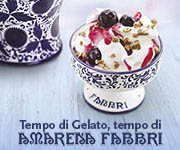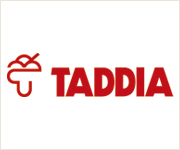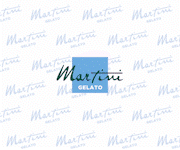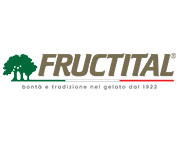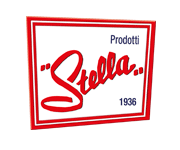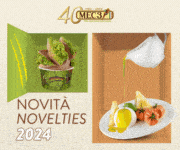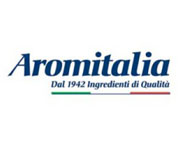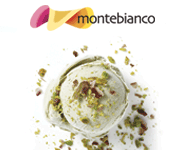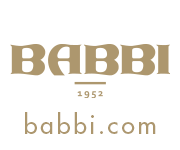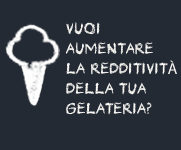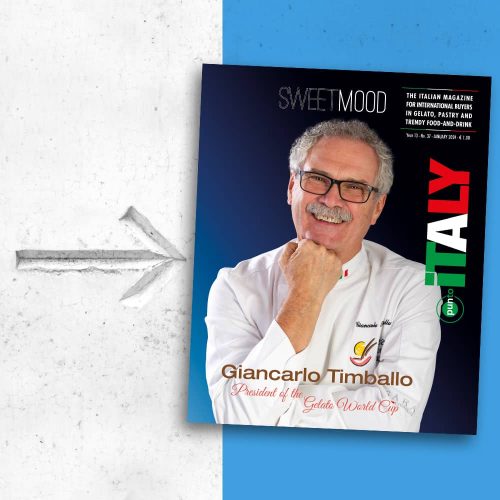A precious ally

The only food that can have either an animal or a plant-based origin, honey has thousands of nuances between colours, aromas, flavours since it comes from the “work” that bees and other pollinators complete by flying from flower to flower. Bees are nourished mostly by the nectar that they gather from flowers, and they transform it into honey, an extraordinary product for its healthy properties and for its use in the kitchen and in pastries. It is 80% made of sugars, of which fructose and glucose prevail, and roughly 18% of water. Honey has an elevated sweetening power but contains fewer calories than sugar, therefore it is able to “sweeten” food while adding less calories. Furthermore, it is a perfect ingredient for both sweet and savoury dishes, in cocktails and in gelato. For years now, Conapi, the Consortium of Honey Beekeepers, is dedicated to supporting the biodiversity of Italian honey and to promoting initiatives to expand the consumption of honey beyond just during breakfast or at snack time.
In the green of the Apennines
Conapi, the National Consortium of Beekeepers is the co-op association made up of member beekeepers. It is the biggest national association of its kind in Italy, and it is one of the most important on a European level: 315 individual or collection businesses, over 600 beekeepers, with nearly 110.000 beehives all over Italy, which make anywhere from 2.000 to 3.000 tons of honey each year. The production headquarters is located in Monterenzio, in the heart of the Apennines near Bologna. With the brand Mielizia, it represents the only complete supply chain of Italian honey, and it is the most important producer of organic honey in Europe.
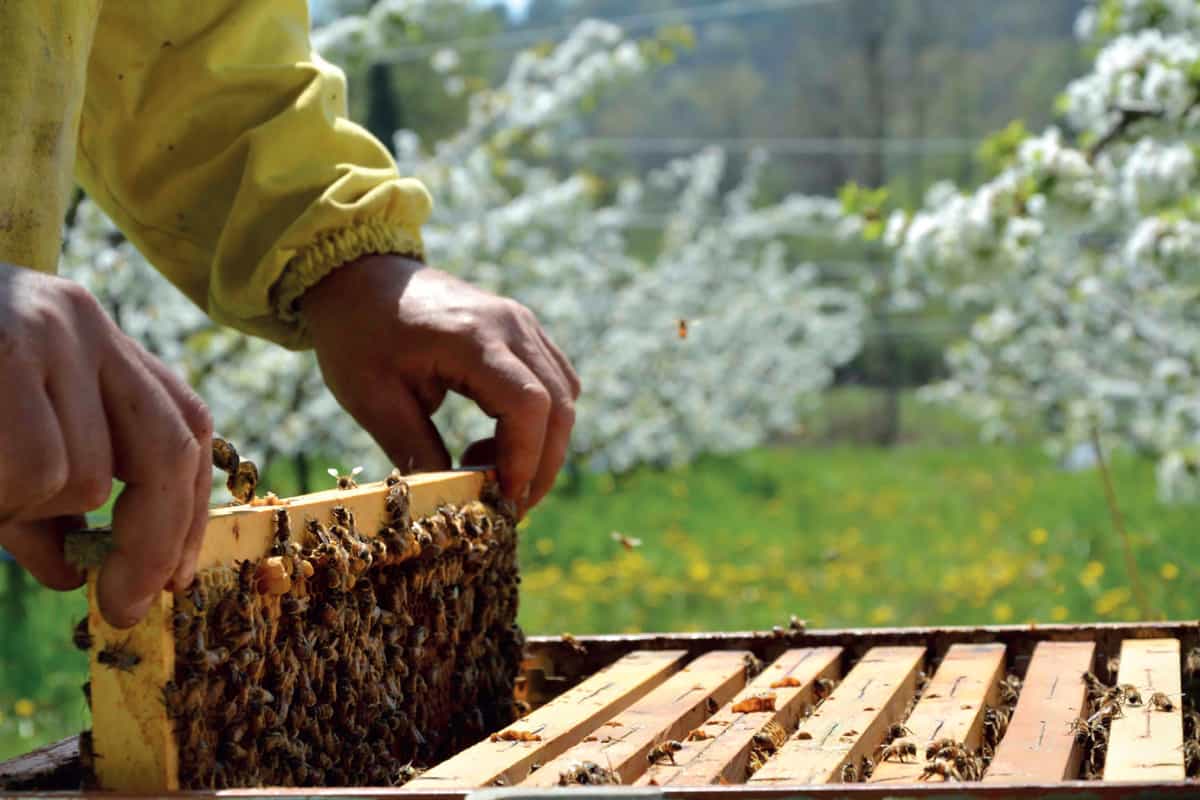
Balance at risk
Beyond honey, bees give us royal jelly, propolis, bee pollen: all foods that are rich in beneficial substances. However, unfortunately the survival of these insects is at risk. In addition to bad weather that, with growing frequency, destroys the environment due to climate change, the use of pesticides is making their existence more and more compromised, and with them, their irreplaceable role of flower pollinators. According to FAO, three out of four crops depend on pollination by bees. On average, each bee visits 7 thousand flowers a day, and to makeo ne kilogram of honey four million flower visits are necessary. The weakening of bees and the drastic changes in flower blossoming rhythms determine a scarce honey harvest which in the past few years has become a tragic situation.
From acacia to millefiori
Italy boasts over fifty varieties of monofloral honey; ranging from Acacia honey, the most sold together with the multifloral millefiori, to chestnut, citrus, linden and cilantro, including also honey from aromatic herbs such as lavender, thyme and rosemary. Furthermore, Italy can count also on three honeys that have denomination of controlled origin recognized by the European Union: PDO honey from Lunigiana, PDO honey from the Bellunesi Dolomites, and PDO Varesino honey. Each honey tells a story about a territory. According to the considerations by Coldiretti regarding data from the report by the National Honey Observatory, there are 1,5 million beehives that are taken care of by nearly 73 thousand beekeepers, of which 2 out of 3 do so as a hobby to produce for self-consumption. Despite the significant variety of honey available, Italians consume about 400 grams, against the European average of 600 grams.
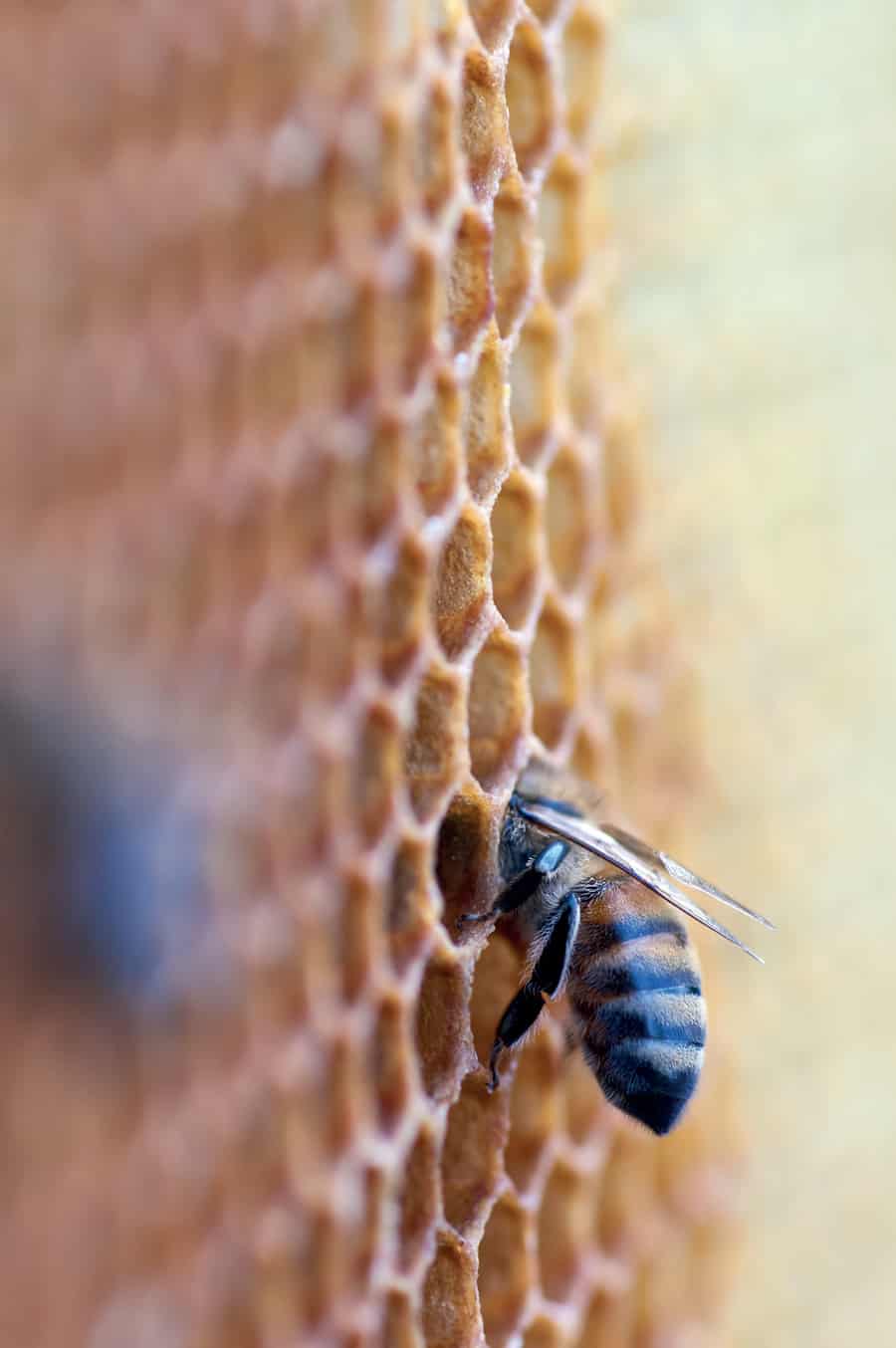
For many recipes
Honey, which provides energy and is easy to digest, should be part of your daily diet. Furthermore, it can be used in food preparation, including homemade ones, in savoury cakes and roasts, in vegetable carpaccio or in puddings; it isn’t only for gourmet cuisine. To stimulate the reinterpretation of dishes from the Italian culinary culture and the search for new flavour pairings, the National Honey Observatory is promoting a competition called “A dish with honey”, an initiative that helps rediscover the value of this versatile food. Widely used in the pastry arts in recipes that range from traditional Italian leavened desserts and including baked cakes and creamy desserts, honey also attracts the attention of gelato chefs in the creation of churned gelato that unite nutritional value
with flavour and presentation
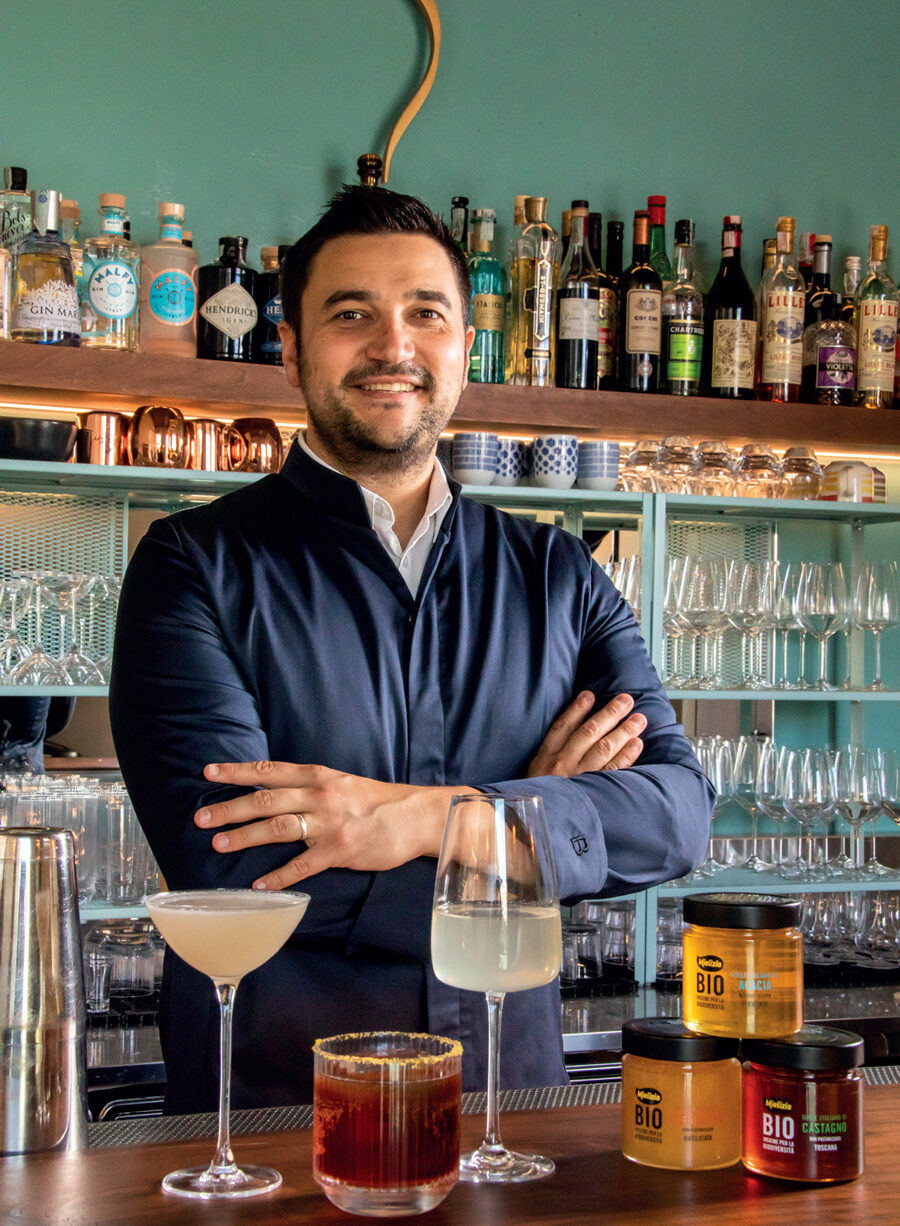
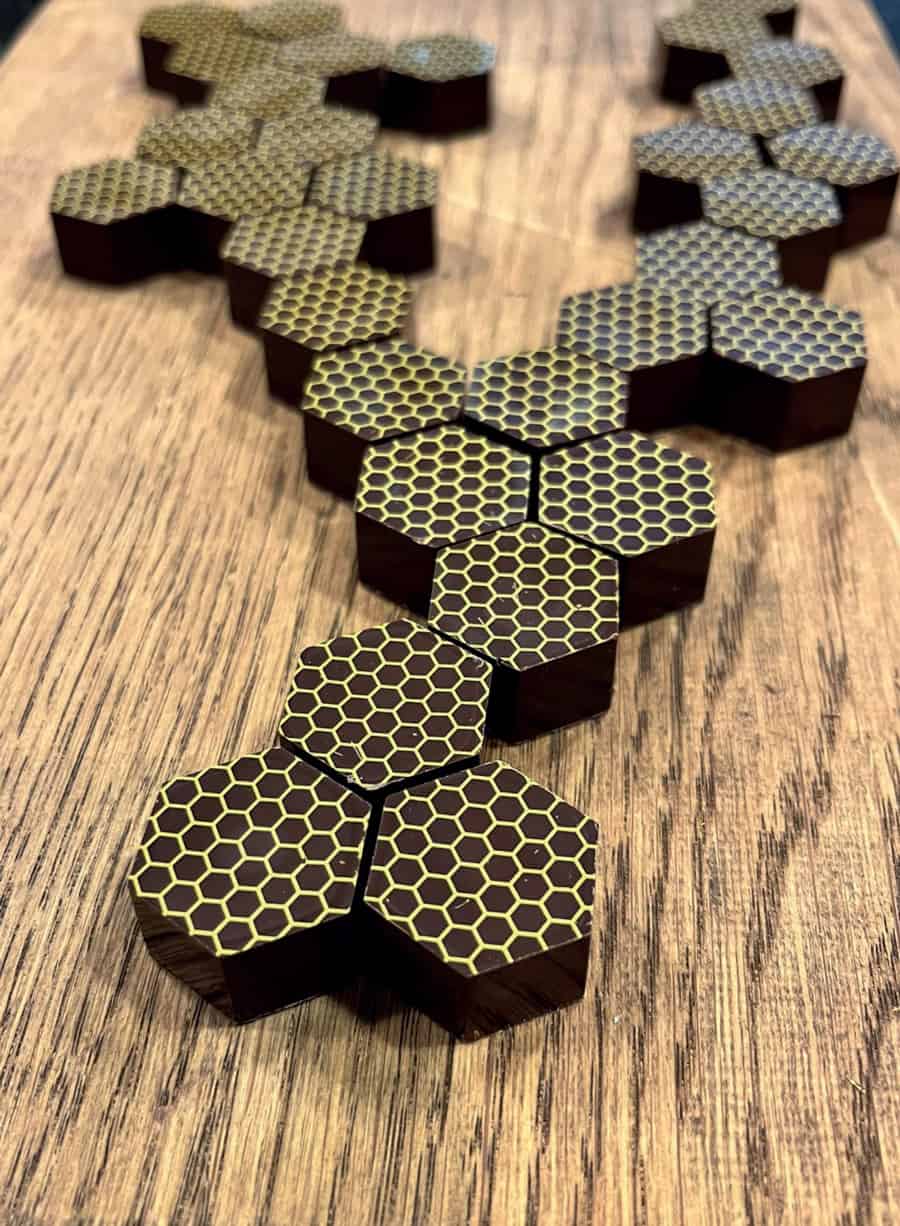
Innovative experiments
Even mixology has approached honey with interest in exploring the potential of using it as a “pure” ingredient instead of using sugars or syrups. Bartender Mattia Pastori has researched for Mielizia some special recipes, starting with mead, the first fermented drink in the world thanks to the use of honey. “Fruit mead 2.0” combines clementine honey with Mexican tepache and classic mead. The “Americano” cocktail was reinterpreted in a low alcohol version, following the latest trends, by playing with its texture and flavours. Its recipe uses chestnut honey, and bee pollen mixed with salt is used as a rim on the glass. Another interesting area of experimentation is with chocolate. Mielizia and Barry Callebaut are developing a line of gourmet products that remove any barriers between sweetness and pleasurable bitterness, all based on the common values of the two companies, that is, transparency and sustainability. The project was presented on the occasion of World Bee Day with a cooking demonstration held by Chef Diego Poli of the Barry Callebaut Chocolate Academy. The dark chocolate sorbet enriched with bee pollen and a milk chocolate praline with chestnut honey revealed to be surprising “previews” of the research journey that they embarked together.
Recent Blog Posts
 Medac and AIFA: Hip hip hooray for Charles!
Medac and AIFA: Hip hip hooray for Charles!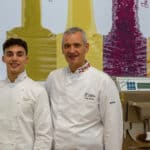 Sigep 2024 - Carpigiani’s special events with a look at the “green” future of Gelato and pastry
Sigep 2024 - Carpigiani’s special events with a look at the “green” future of Gelato and pastry Maurizio Manzi, as Ambassador for AIG, at the Melbourne Italian Festa
Maurizio Manzi, as Ambassador for AIG, at the Melbourne Italian Festa Medac awarded with the EcoVadis gold medal
Medac awarded with the EcoVadis gold medal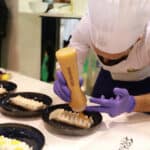 MIG Longarone and SIRHA Budapest: a new dynamic space for italian gelato
MIG Longarone and SIRHA Budapest: a new dynamic space for italian gelato Medac supports Alice Italian Food Academy
Medac supports Alice Italian Food Academy The Gelatissimo 2024 online ticket office is officially open.
The Gelatissimo 2024 online ticket office is officially open. Casa Optima Group looks for two exclusive agents
Casa Optima Group looks for two exclusive agents Gelatissimo 2024: here the first information
Gelatissimo 2024: here the first information Ci Gusta opens a new store into the “Il Mercato Eat&Meet” in Reggio Emilia
Ci Gusta opens a new store into the “Il Mercato Eat&Meet” in Reggio Emilia

